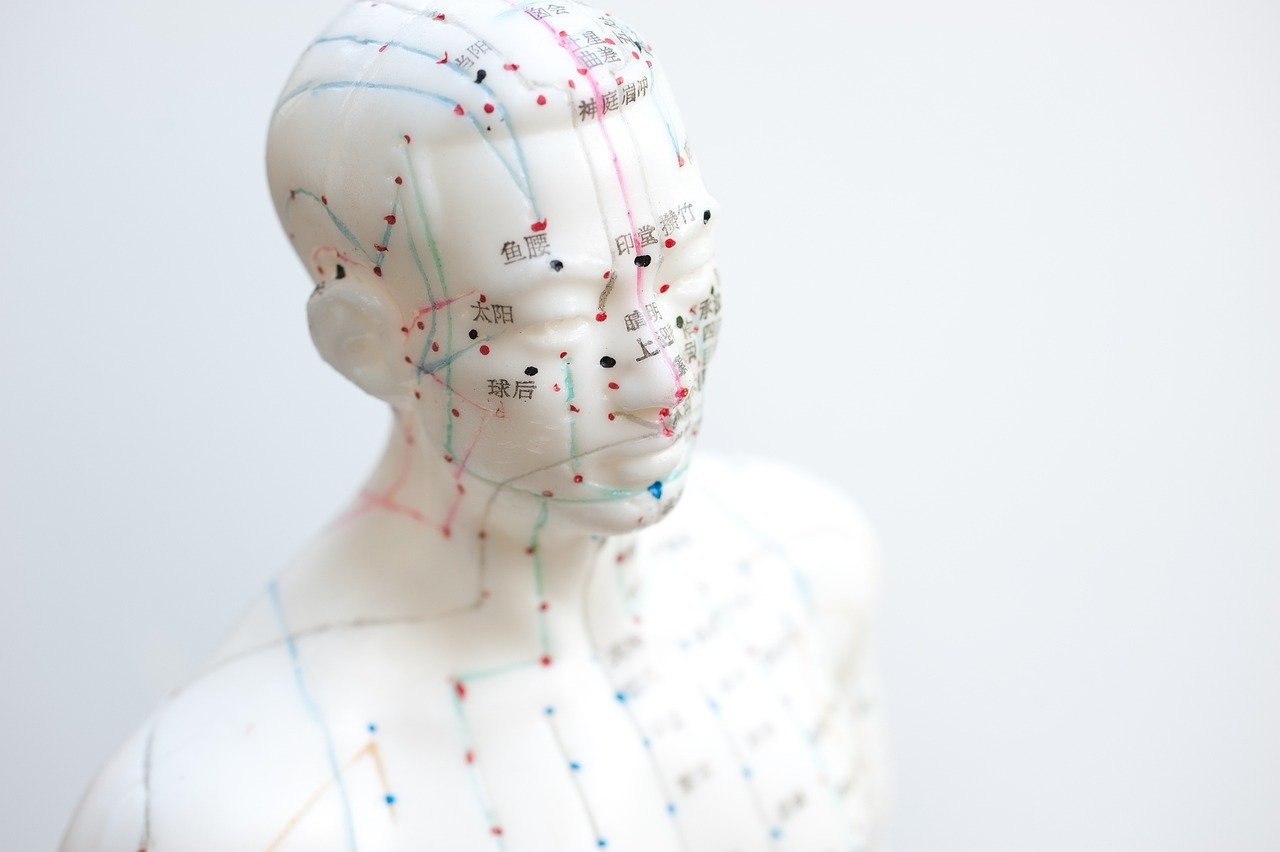
What is Complementary and Alternative Medicine (CAM)?
The National Center for Complementary and Alternative Medicine (NCCAM), which is the largest government agency researching complementary and alternative medicine in the United States, defines complementary and alternative medicine (CAM) as “a group of diverse medical and health care systems, practices, and products that are currently not integrated into conventional medicine.”


Emotional Freedom Technique (EFT) 101
Emotional Freedom Technique (EFT)—also known as “tapping”—was developed by Gary Craig in the 1990s as a simplified version of Thought Field Therapy (TFT), which is a technique developed by Craig’s teacher, Roger Callahan. EFT, which has been nicknamed “acupuncture without needles,” is a form of energy psychology that combines cognitive therapy, exposure therapy, and somatic stimulation.

Acupressure 101
Acupressure is a form of complementary and alternative medicine (CAM) that is simple, non-invasive, cost-effective, and typically free from pain or adverse side effects. With very little training and no need for special equipment, acupressure can be taught to anyone and then self-administered as needed.